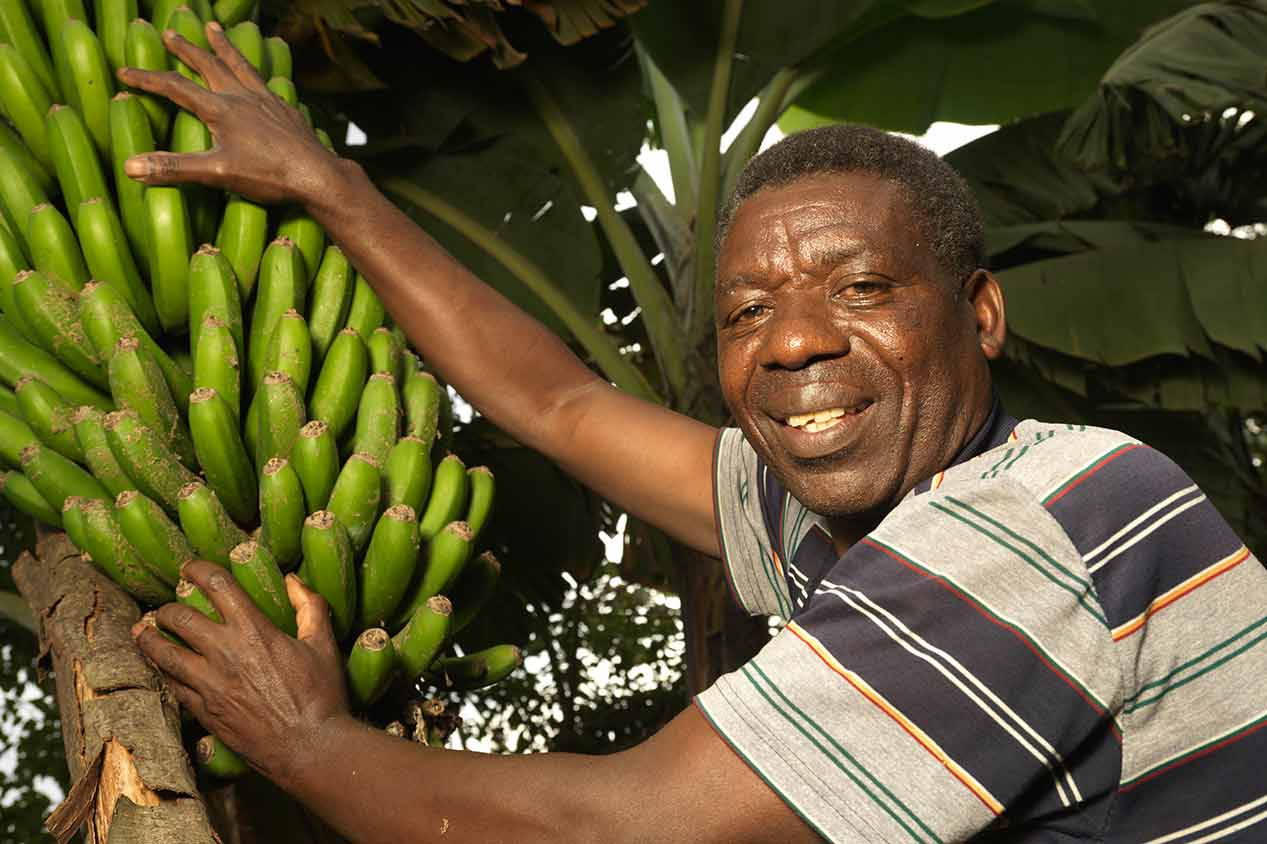It is expected that in most cases, the grant recipients will receive some form of equipment for use in their day-to-day life or in their work, which will be an improvement on what they currently use. They will receive this equipment free of charge or at a subsidised cost. For example, they may receive an improved cookstove to use for cooking.
After the first 12 months of the project when the first verification occurs, we will learn about actual financial impacts as cookstove recipients are asked about the extent to which they used the cookstove and the difference it has made to them financially. The same will be the case for other projects as they are introduced.
In the case of the improved cookstoves project in India, as well as CO₂ reduction, there are additional benefits:
- It significantly reduces the amount of time women and girls spend collecting firewood, allowing them more time for income generating activities and family.
- It reduces the use of less solid biomass like wood and dry dung, making them more energy efficient.
In the case of the improved cookstoves project in Rwanda, as well as CO₂ reduction, there are additional benefits:
- It uses pellets, which cost 10 US cents less per kg than charcoal, making them cheaper to use long term.
- It uses fewer pellets for cooking due to higher thermal efficiency.
As for both grant recipients in Rwanda and India:
- It reduces the amount of indoor air pollution and the incidence of respiratory diseases.
- It reduces the rate of local deforestation and promotes local biodiversity.
- They are designed with safety features to lower the risk of accidental fires and burns.
View all 'Climate Positive Grants' content >
Next: How are climate positive grants passed onto the recipients? >
The Christmas
gift that keeps
on giving…
Buy a gift voucher

As well as making loans, you can also support entrepreneurs in developing countries by making a donation to help secure the future growth of Lendwithcare